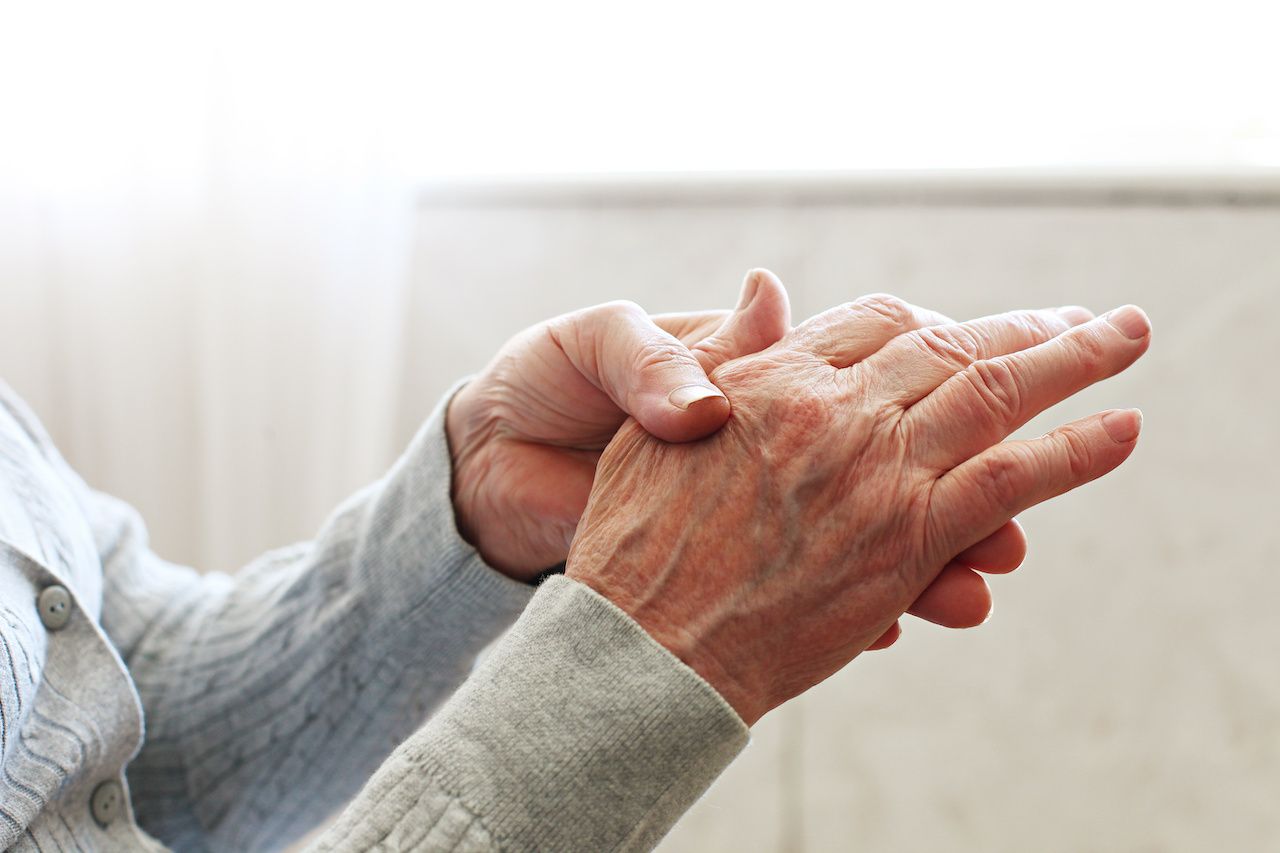Article
Health Care Professionals and the Impact of COVID-19: A Comparative Study of Revenue and Utilization
Author(s):
In April 2020, in the midst of the COVID-19 pandemic, healthcare professional services declined 68% in utilization (FIGURE 1) and 48% in revenue based on total estimated in-network amounts compared to April 2019 nationally (FIGURE 2). In the Northeast, the region hit hardest at that time by the pandemic, professionals experienced particularly sharp drops in utilization (80%) and revenue (79%) in April 2020 (FIGURE 3). These are among the findings of FAIR Health’s third COVID-19 study, Healthcare Professionals and the Impact of COVID-19: A Comparative Study of Revenue and Utilization.
FIGURE 1. Monthly Percent Change in Utilization of Professional Services from 2019 to 2020, Nationally

FIGURE 2. Monthly Percent Change in Professional Revenue Based On Total Estimated Allowed Amounts from CPI-Adjusted 2019 to 2020, Nationally

FIGURE 3. Monthly Percent Change in Professional Services’ Utilization and Revenue Based on Total Estimated Allowed Amounts from CPI-Adjusted 2019 to 2020, Northeast

During March and April 2020, deferral of elective procedures and many routine in-person medical visits imposed a financial burden on healthcare providers and caused changes to their practices, such as a new emphasis on telehealth. To study these issues, FAIR Health drew on its repository of private claims data to analyze, on a monthly basis, changes in utilization and estimated in-network reimbursement amounts for professionals in the first 4 months of 2020 as compared to the same months in 2019 (adjusted by the Consumer Price Index). The second part of the study focused on 7 specialties: cardiology, dermatology, oral surgery, gastroenterology, orthopedics, pediatric primary care and adult primary care. For each specialty, FAIR Health analyzed changes in utilization and estimated in-network reimbursement amounts in the first 4 months of 2020 as compared to the same months in 2019, as well as changes in the 5 most common procedures in the first 4 months of 2020. Among the findings:
Of specialties studied, oral surgery had the largest decreases in utilization and revenue in both March and April 2020. In March 2020, oral surgery utilization declined by 80%, and revenue based on total estimated in-network amounts dropped 84%; in April 2020, oral surgery utilization declined 81% and revenue 92%. Gastroenterology had the second largest decreases in all 4 categories.
Of specialties studied, pediatric primary care had the smallest decreases in March 2020 utilization (52%), March 2020 revenue based on total estimated in-network amounts (32%), April 2020 utilization (58%) and April 2020 revenue (35%).
Comparing March 2019 to March 2020, utilization of professional services decreased 65% and professional revenue based on total estimated in-network amounts decreased 45%. In the Northeast, comparing March 2019 to March 2020, utilization of professional services fell 60% and revenue based on total estimated in-network amounts declined 55%.
Across many specialties from January to April 2020, office or other outpatient evaluation and management (E&M) visits became more common relative to other procedures, both by utilization and total estimated in-network amounts. This may have been due in part to the fact that many of these E&M services could be rendered via telehealth, whereas certain other procedures that became less common required in-person visits.
In oral surgery, a procedure specifically for telehealth—telephone E&M by a physician or other qualified healthcare professional, 11-20 minutes (CPT® 99442)1—climbed from number 131 in utilization in January 2020 to number 1 in April 2020.
Total knee replacement (CPT 27447) and total hip replacement (CPT 27130) ranked high in the orthopedic top 5 procedures by total estimated in-network amounts in January 2020. They fell out of the top 5 by April 2020.
For pediatric patients 0-4 years of age, there was little change in preventive care visits from March-April 2019 to March-April 2020, whether from the standpoint of utilization or of revenue based on total estimated in-network amounts. Decreases in these months were much greater for preventive care visits for older pediatric patients (5-17 years of age) and adults (18 and older).
As with past studies in our COVID-19 series, we again use FAIR Health’s vast data repository to illuminate the impact of the pandemic. We hope this report will be useful to stakeholders throughout the healthcare sector, including providers, payors, policy makers and researchers.”
This is the third in a series of briefs released by FAIR Health on the COVID-19 pandemic. The first brief examined projected US costs for COVID-19 patients requiring inpatient stays, and the second the impact of the pandemic on hospitals and health systems.
For the new brief, click here.
1. CPT © 2019 American Medical Association (AMA). All rights reserved.
Robin Gelburd, JD, is the President of FAIR Health, a national, independent nonprofit organization with the mission of bringing transparency to healthcare costs and health insurance information. FAIR Health possesses the nation’s largest collection of private healthcare claims data, which includes over 31 billion claim records contributed by payors and administrators who insure or process claims for private insurance plans covering more than 150 million individuals. Certified by the Centers for Medicare & Medicaid Services (CMS) as a national Qualified Entity, FAIR Health also receives data representing the experience of all individuals enrolled in traditional Medicare Parts A, B and D; FAIR Health includes among the private claims data in its database, data on Medicare Advantage enrollees. Ms. Gelburd is a nationally recognized expert on healthcare policy, data and transparency.




